30-80 Seat
Passenger flight redefined

A vision for redefined regional travel
Our 30-80 seat use-case is inspired by our vision for the world’s first 50-seat clean sheet design optimised for hydrogen-electric technology. Designed to fly 3000km, it will outperform comparable aircraft.
- 2.5 MW
- Maximum continuous power
- 2.6 kW/kg
- Specific power
- 960 kg
- Total system weight
- 50%
- Net efficiency at cruise
Stralis 30-80 seat system
A hydrogen-electric fuel cell system designed for aircraft propulsion
High-temperature PEM technology simplifies the system, reducing both weight and drag. Our system integrates our fuel cell system with liquid hydrogen tanks and electric motors.
Lightweight
Low maintenance
Low drag
Zero emissions
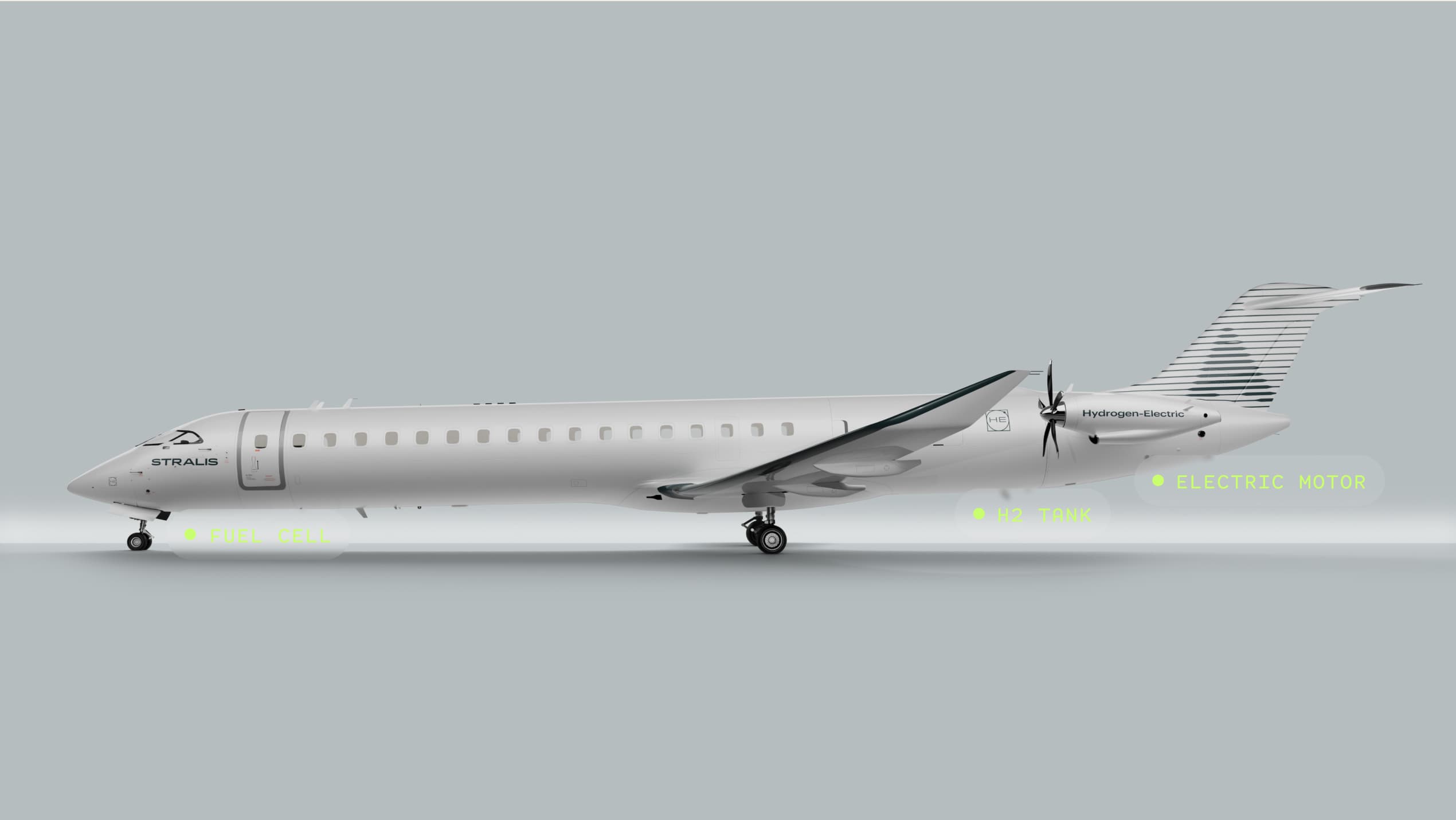
The future of 30-80 seat aircraft
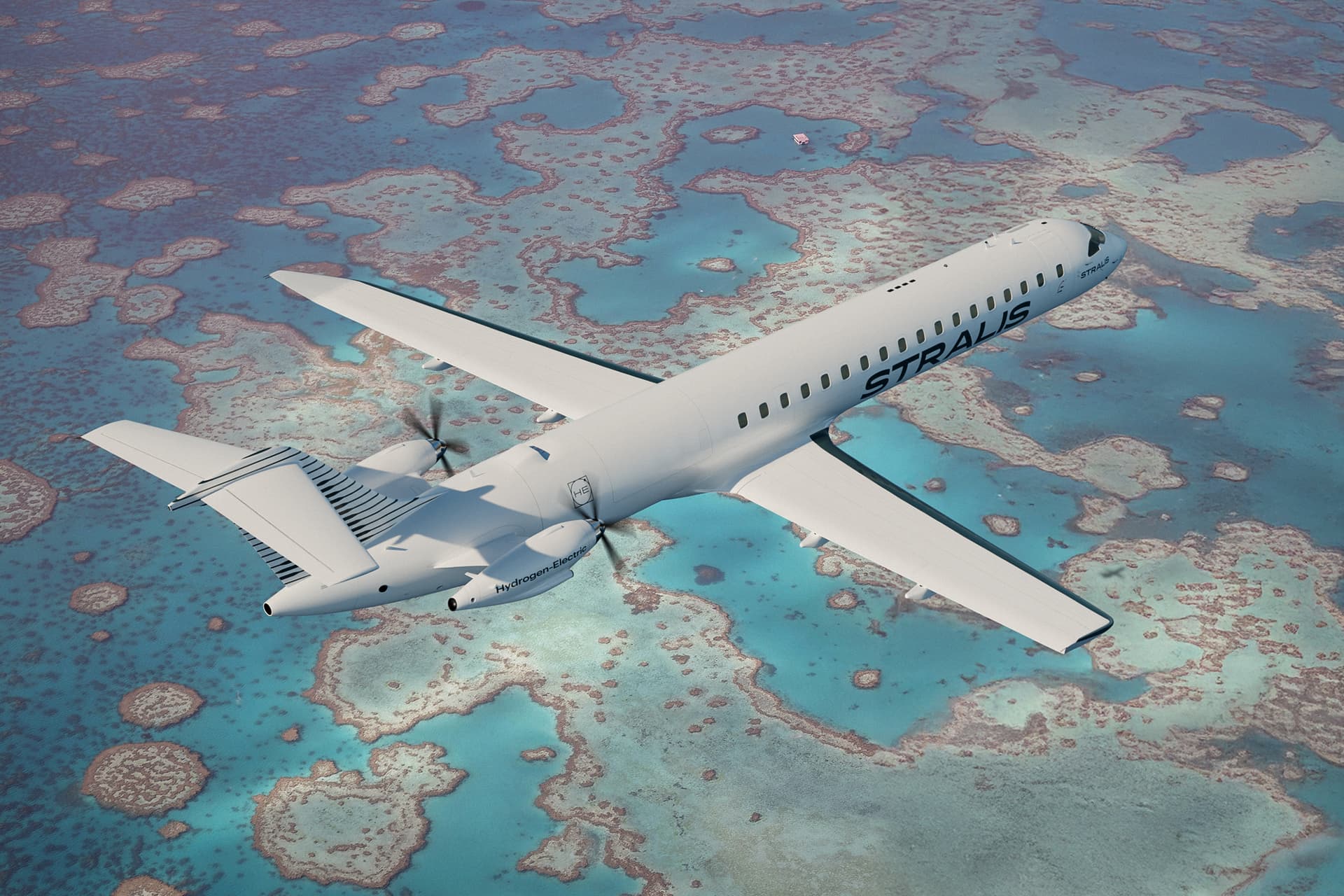
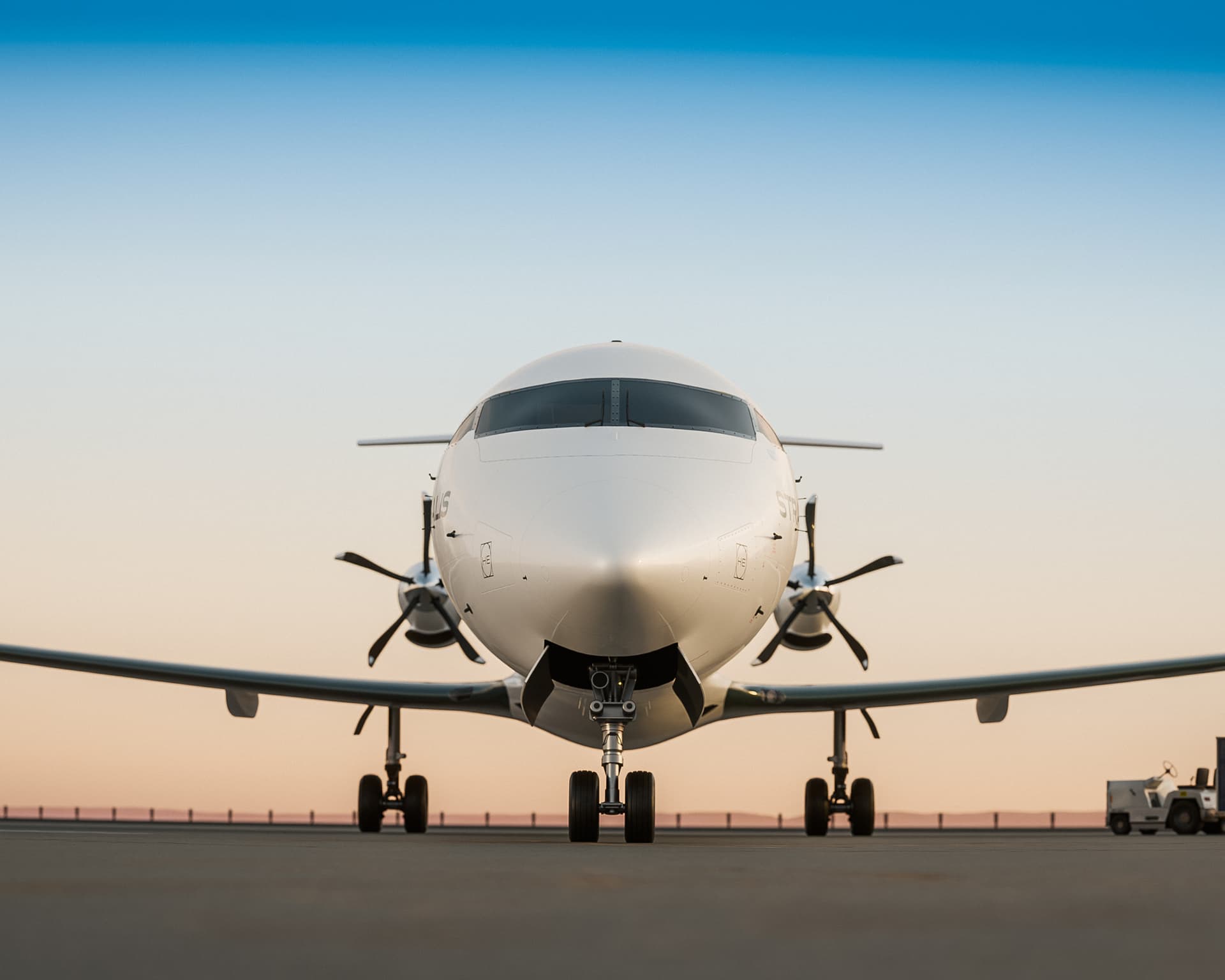
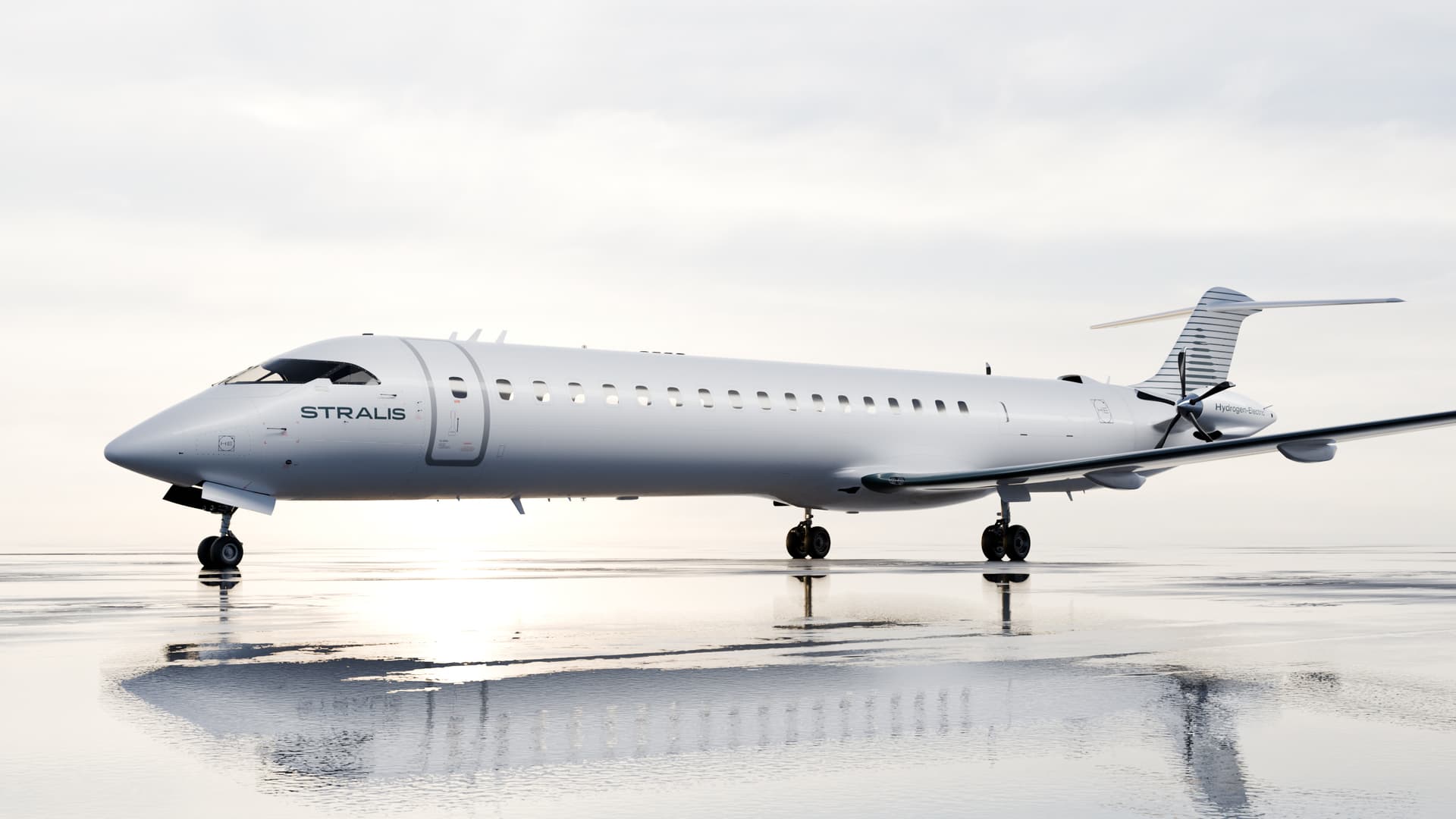
The aviation sector must decarbonise by 2050
Stralis hydrogen-electric technology is cheaper, quieter and only emits water vapour. This is where it scales.
Scalable and adaptive
Regional flight for 30-80 seat aircraft reimagined
Flying is the most carbon-intensive mode of transport; however, there are currently few viable zero-emission options for aircraft. We are currently developing advanced emission-free solutions to transition the complex and highly regulated aerospace industry, a process that will take time.
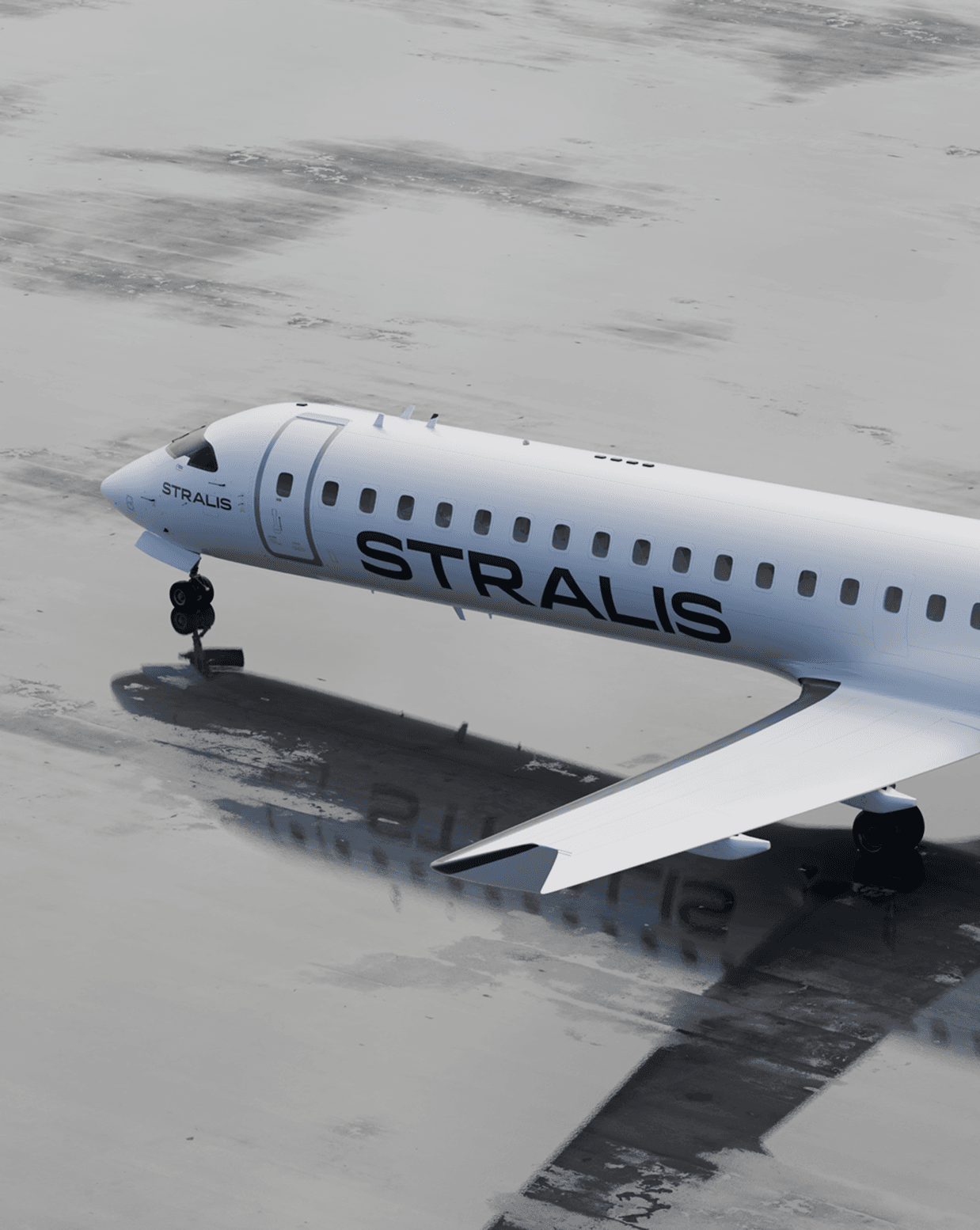
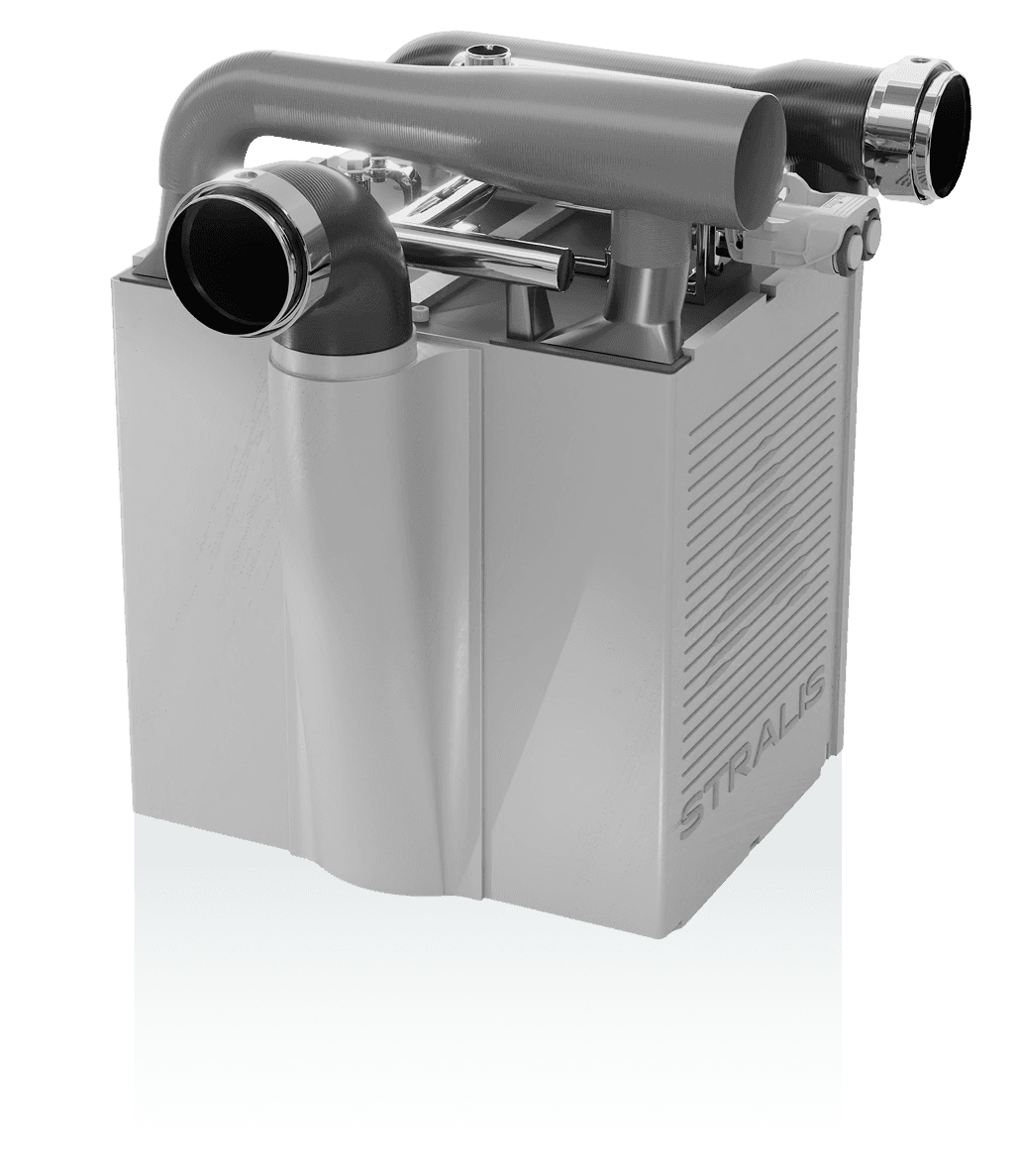
Hydrogen-electric propulsion
Cheaper, quieter, cleaner
Our scalable patent-pending tech is 6x lighter than current state-of-the-art, enabling 10x longer flights than battery-electric and operating at 50% the cost of fossil fuel aircraft.
How our system works ›Explore use-cases
Our hydrogen-electric fuel cell system features stacks connected in series, with turbocharging and liquid cooling and scales to suit a range of aircraft sizes.



